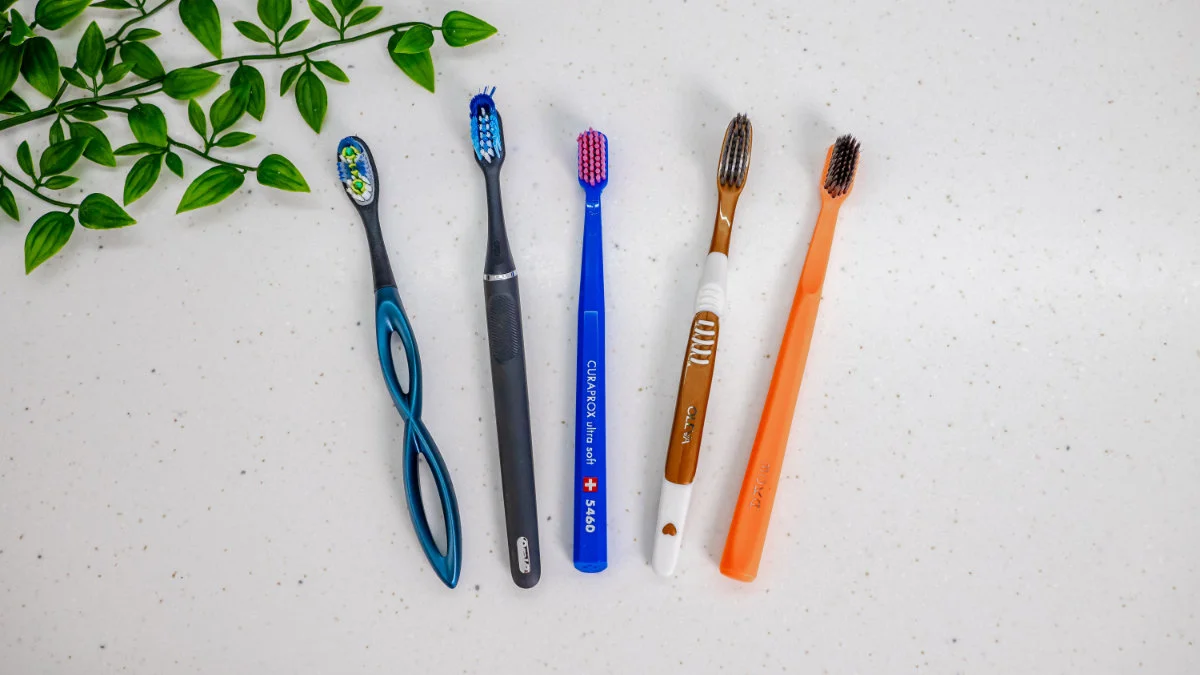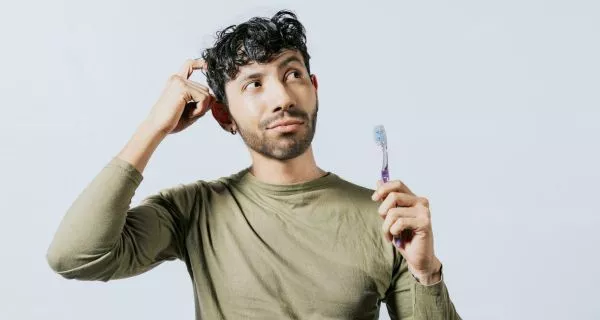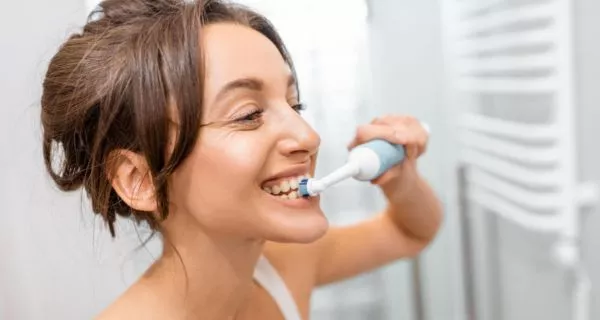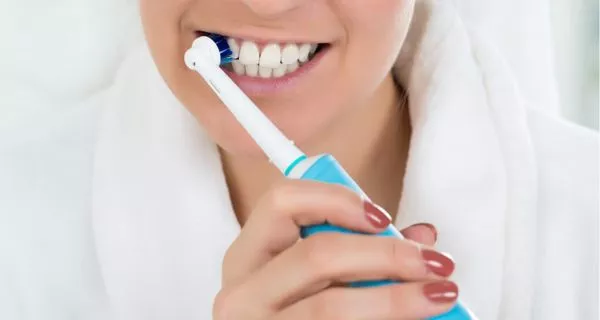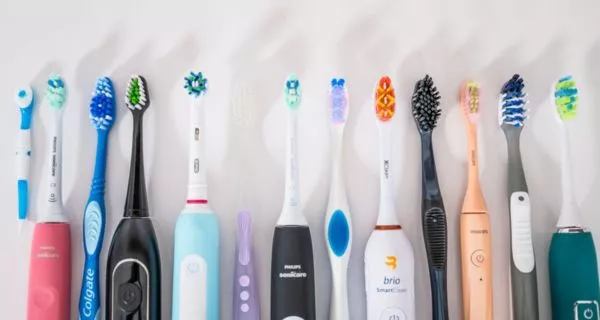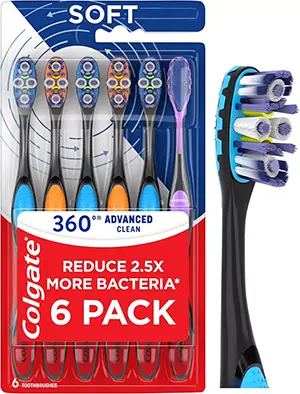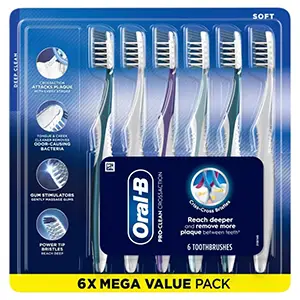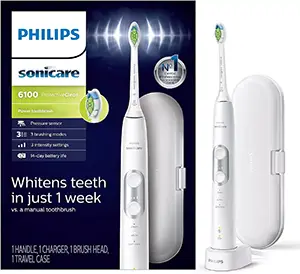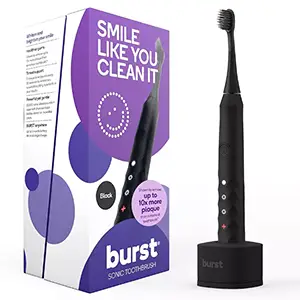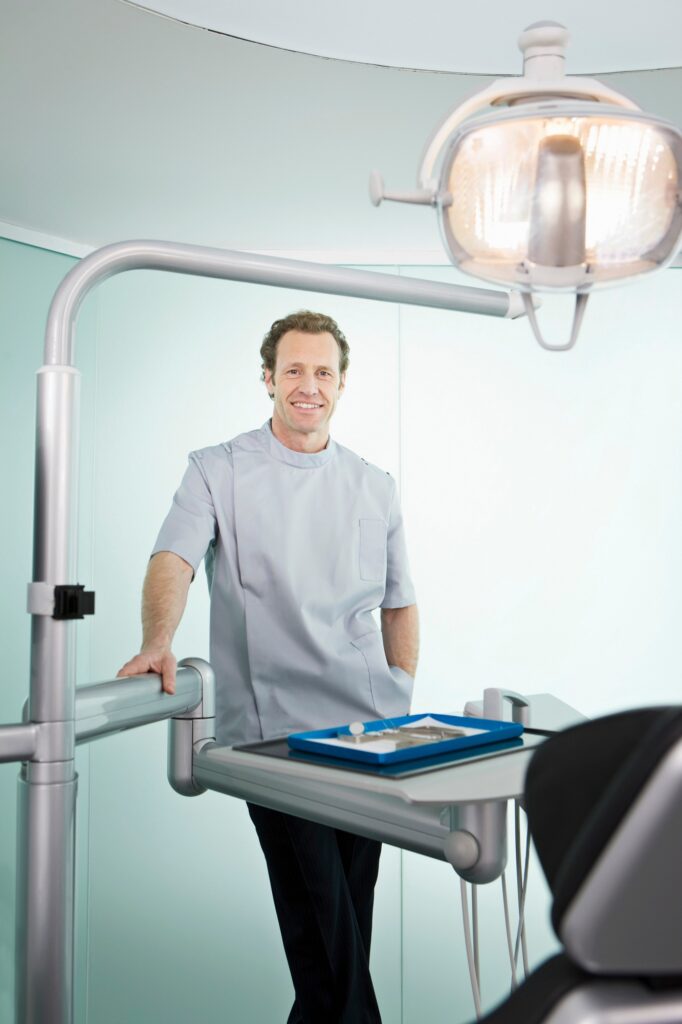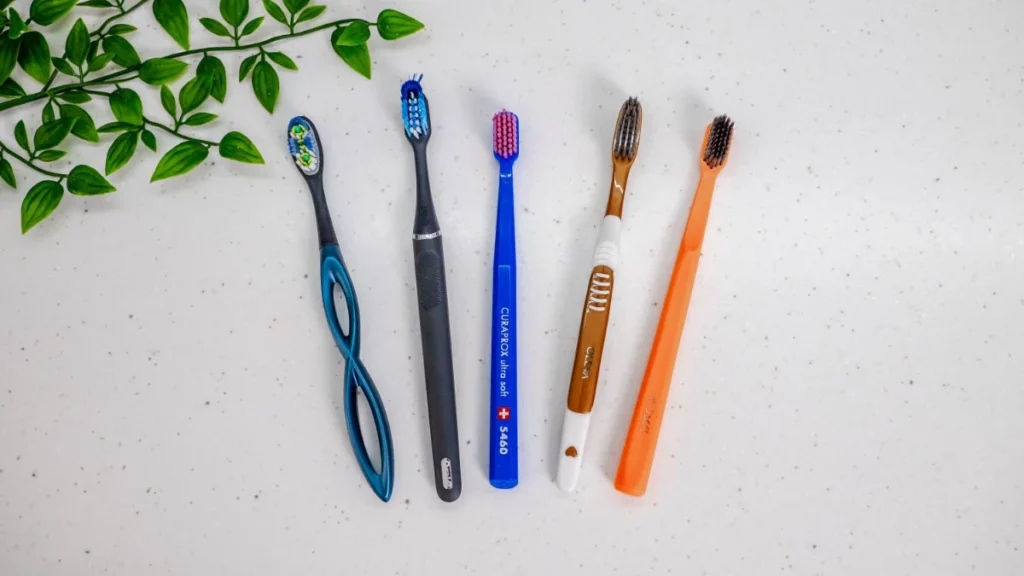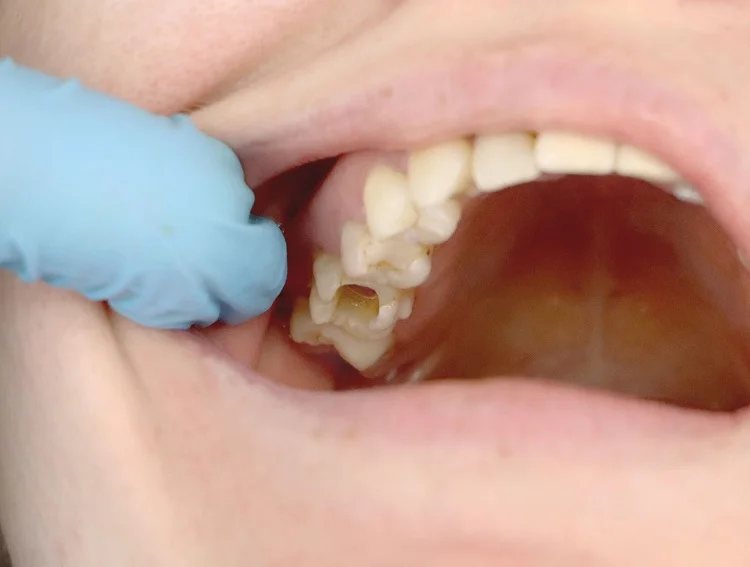Last Updated on: 3rd November 2025, 09:36 am
To find the best toothbrushes for your family, think about each person’s age, teeth, and gums. Babies need very soft brushes, children like fun designs, adults can use soft manual or electric brushes, and older adults may prefer easy-to-hold electric brushes. Choosing the right brush keeps everyone’s teeth and gums healthy.
Every day, we make many choices that affect our health. One small but important choice is the toothbrush we use.
If you go to a store or search online, you will see many types: manual, electric, soft, or for special dental needs. With so many options, it can be hard to know which are the best toothbrushes for your family.
This simple guide will help you understand the different types of toothbrushes, who they are for, and how to choose the best one for your smile.
How to choose the best toothbrushes?
There are many toothbrushes, so it is important to know the options and how to choose. Here is a simple step-by-step guide:
- Decide the type: manual or electric.
- Choose the bristles: extra soft, soft, or medium (avoid hard unless a dentist says so).
- Pick the right head size: small for kids and small mouths, medium for most adults.
- Think about special needs: braces, sensitive gums, implants, or age.
With these points in mind, let’s look at each type of toothbrush and how it can help your family’s dental health.
Should I choose a manual or an electric toothbrush?
The first step is to decide what kind of toothbrush you want: manual or electric. Both clean teeth well when used correctly, but each has its own benefits.
What is a manual toothbrush?
A manual toothbrush is the most common and simple type. You move it by hand to clean your teeth and gums.
- Benefits of a manual toothbrush
- Easy to find and low cost.
- You control the pressure and movement.
- No batteries or charging needed.
- Best for: People who have good brushing habits and like full control.
- Try to choose one with a small or medium head and soft bristles. It reaches better and protects your gums.
What is an electric toothbrush?
An electric toothbrush moves automatically; it may vibrate, rotate, or use sonic waves to clean your teeth.
- Benefits of an electric toothbrush
- Removes more plaque than most manual brushes.
- Great for people with braces, implants, weak hands, or sensitive gums.
- Many have timers and pressure sensors to help protect your gums.
- Best for: People who want an easier, faster, and more effective brushing experience.
- Brush gently for two minutes. You don’t need to press hard, just guide the brush; it does the work for you.
If you like a simple tool and want full control, a manual toothbrush is perfect; but if you prefer comfort and smart features that help you clean better, go for an electric toothbrush.
What should I know about bristles and brush head size?
Once you choose between a manual or electric toothbrush, the next step is to look at the bristles and the brush head.
These two details make a big difference in how well your brush cleans and how comfortable it feels.
What type of bristles should I choose?
Toothbrushes usually come with soft, medium, or hard bristles.
- Soft bristles are the best choice for most people. They clean well and are gentle on teeth and gums.
- Medium bristles can remove more plaque but might hurt sensitive gums.
- Hard bristles are not recommended; they can wear down enamel and irritate gums.
If you have sensitive teeth or gum problems, always choose soft or extra-soft bristles.
What size should the brush head be?
The head size should match your mouth.
- Small heads reach all areas easily, even the back teeth.
- Medium heads work for most adults.
- Large heads can be harder to move and may miss some spots.
For children, always choose a smaller head that fits their mouth and makes brushing easier.
How can I choose the right toothbrush for my needs?
Now that you know the main features, it’s time to choose based on your specific needs. Every mouth is different, so one toothbrush doesn’t work for everyone. Here’s how to pick the best one for you or your family members.
Do you have sensitive gums or teeth?
If your gums bleed easily or your teeth feel sensitive, choose a soft or extra-soft toothbrush.
- A brush with a small, flexible head can clean gently without causing pain or irritation.
- An electric toothbrush with a pressure sensor is also a good option; it helps you avoid brushing too hard.
Do you wear braces or aligners?
Brushing with braces can be tricky, but the right toothbrush makes it easier.
- Use an orthodontic toothbrush with V-shaped bristles; it helps clean around brackets and wires.
- You can also use interdental brushes or a water flosser to reach small spaces that your main brush can’t.
Do you have implants or other dental work?
If you have implants, bridges, or crowns, use a soft electric toothbrush or one made for implant care.
- These brushes clean gently around restorations and protect your gums from irritation.
- Make sure to brush carefully around the base of each implant or crown to prevent plaque buildup.
Do you have trouble moving your hands?
If you have arthritis or limited hand movement, an electric toothbrush can make brushing easier.
- It does most of the work for you; you only need to guide it slowly across your teeth.
- Choose one with a comfortable, non-slip handle for better control.
Do you have children at home?
Children need toothbrushes that fit their age and mouth size.
- Look for brushes with soft bristles and smaller heads.
- Fun colors or cartoon designs can make brushing more enjoyable and help them build healthy habits early.
Each person in the family has different needs. Don’t buy the same toothbrush for everyone, so the next time you go shopping, take a moment to choose what’s best for each smile.
Which toothbrush is best for each age?
As we grow, our mouths and teeth change. Different ages need different toothbrushes to clean well and protect gums. Here is a guide for each stage of life.
What toothbrush is best for babies and toddlers (0–6 years)?
- For newborns and very young babies, start with a finger brush (or gum pad) to gently clean their gums before teeth come in.
- Once teeth appear, use manual brushes with extra-soft bristles and small heads.
- Some electric brushes for kids have gentle movements and timers.
- Always brush under adult supervision.
- Fun colors or small characters can make brushing more enjoyable and help build good habits early.
Gently clean all teeth and gums, even before the full set of teeth grows. This helps prevent early cavities and teaches babies a positive brushing routine.
What toothbrush is best for children (6–12 years)?
- Use brushes with small or medium heads and easy-grip handles.
- Beginner electric brushes with pressure sensors prevent brushing too hard.
- Soft bristles protect growing teeth and gums.
- Fun designs or favorite characters make brushing more fun and encourage a daily habit.
What toothbrush is best for teenagers (13–18 years)?
- Use medium manual brushes or basic electric brushes.
- Soft or medium bristles, depending on gum sensitivity.
- Sonic brushes give deeper and more even cleaning.
- Helps teens maintain good oral hygiene even with a busy schedule.
What toothbrush is best for adults (19–60 years)?
- Soft bristles if you have sensitive gums; medium bristles for more plaque removal.
- Electric brushes help with a thorough and consistent clean.
- Choose based on your needs: whitening, braces, gum care, or comfort.
What toothbrush is best for older adults (60+ years)?
- Electric brushes with ergonomic handles make brushing easier to hold.
- Soft bristles protect gums and reduce bleeding.
- Timers help brush for the right amount of time.
- Good for people with weaker hands or arthritis.
Each person in your family has their own needs. Choosing the right toothbrush for their age and mouth helps keep teeth and gums healthy every day.
Which toothbrushes are recommended in 2025?
Choosing the right toothbrush can be easier if you know which ones are highly rated and fit your needs. Here are some of the best options available on Amazon in 2025:
Manual toothbrushes
Manual brushes are simple, effective, and great if you like full control while brushing.
- Colgate 360 Soft: Affordable, soft bristles, tongue and cheek cleaner.
- Oral-B Pro Manual Soft: Small head, soft bristles, gentle on gums.
Electric toothbrushes
Electric brushes are perfect for people who want more help cleaning, have braces, sensitive gums, or limited hand movement.
- Oral-B Pro 1000: Oscillating head, pressure sensor, removes more plaque.
- Philips Sonicare ProtectiveClean 6100: Sonic cleaning, gentle, helps with whitening.
- BURST Sonic brush: Charcoal bristles, long battery, deep clean.
Kids’ toothbrushes
Children need soft bristles, small heads, and fun designs to make brushing easier and enjoyable.
- Philips Sonicare for Kids: Small head, soft bristles, fun design.
- Oral-B Kids Battery power: Extra soft bristles, colorful design.
Orthodontic toothbrushes
These brushes help clean around brackets and wires and reduce plaque in hard-to-reach areas.
- Oral-B Orthodontic Manual toothbrush
- JTF Orthodontic Electric Toothbrush: Special heads for braces and wires.
The most expensive toothbrush is not always the best. Choose one that fits each person’s age, mouth, and brushing habits.
How often should I change my toothbrush?
A toothbrush works best when it is clean and in good shape.
- Replace your toothbrush every 3–4 months, or sooner if the bristles are worn or frayed.
- Change it after a cold, flu, or mouth infection to avoid bacteria.
- A worn brush does not clean teeth well and can hurt gums.
Check your bristles every month; if they look bent or split, it’s time to get a new brush.
How can I take care of my toothbrush?
Taking care of your toothbrush helps it last longer and stay clean:
- Rinse well after brushing to remove toothpaste and debris.
- Store upright in a clean, dry place so it can air dry.
- Avoid sharing brushes; each person should have their own.
- For electric brushes, remove and rinse the head after each use.
Keep the brush away from toilets or sinks with splashes to prevent bacteria.
What products can help complement brushing?
Besides a toothbrush, these products help keep teeth and gums healthy:
- Fluoride toothpaste: Strengthens enamel and prevents cavities.
- Floss or interdental brushes: Clean between teeth where a toothbrush cannot reach.
- Mouthwash: Reduces bacteria and freshens breath.
- Tongue cleaner: Removes bacteria and helps prevent bad breath.
Choosing the right toothbrush is very important to keep your teeth and gums healthy for life. From the first years to adulthood, things like age, hand skills, tooth sensitivity, and personal needs help decide the best brush for you.
It does not matter if you like a manual or an electric toothbrush. The most important things are to brush regularly, use the right technique, and change your brush often.
With a good toothbrush and healthy brushing habits, your smile will stay clean, healthy, and protected every day.
Frequently Asked Questions
Can one toothbrush fit all family members?
What head size should I choose?
How can I make brushing easier for children?
Can I use the same toothbrush after being sick?
How long should I brush my teeth?
Voice and Search (Q&A)
Can brushing replace flossing?
No, brushing does not clean between teeth. Floss or interdental brushes are needed to remove plaque and prevent cavities.
Can adults use children’s toothbrushes?
No, adults need larger heads and firmer grips. Children need smaller heads and soft bristles to fit their mouths and protect their gums.
What bristles are best for sensitive gums?
Soft or extra-soft bristles are best. They clean gently without hurting gums or enamel. Hard bristles can damage teeth and should be avoided.
Share
References
1. Cleveland Clinic. (2023, February 14). Here’s why you should be using an electric toothbrush. https://health.clevelandclinic.org/should-i-be-using-an-electric-toothbrush
2. Kumar, S., Gopalkrishna, P., Syed, A. K., & Sathiyabalan, A. (2025). The Impact of toothbrushing on Oral Health, gingival Recession, and Tooth Wear: A Narrative Review. Healthcare, 13(10), 1138. https://doi.org/10.3390/healthcare13101138
3. News-Medical. (2024, December 10). Intelligent toothbrush improves oral health and quality of life of older people. https://www.news-medical.net/news/20241210/Intelligent-toothbrush-improves-oral-health-and-quality-of-life-of-older-people.aspx
4. Norris, T. (2019, March 8). Is it better to use an electric or a manual toothbrush? Healthline. https://www.healthline.com/health/dental-and-oral-health/electric-toothbrush-vs-manual
5. Wang, L., Xiong, J., & Ruan, C. (2024). A study on Emotionally Engaging toothbrush design for Children: An Empirical approach based on child psychology and Cognitive development. Heliyon, 10(20), e39508. https://doi.org/10.1016/j.heliyon.2024.e39508
-
Dr. Yeidy Carolina Mesa [Author]
DDS Yeidy Carolina Mesa Passionate Dentist | Advocate for Accessible Oral Health Education Graduating from Universidad CES in 2022, I am a dedicated general dentist with a lifelong passion for helping others and making a meaningful impact in the world. My journey into dentistry began at the age of 7, inspired by my own experience with braces and overcoming a fear of the dentist. This personal journey shaped my mission to help patients conquer their own dental anxieties and embrace a healthier,...
View all posts
-
Nayibe Cubillos M. [Medical Reviewer]
Pharmaceutical Chemestry |Pharmaceutical Process Management | Pharmaceutical Care | Pharmaceutical Services Audit | Pharmaceutical Services Process Consulting | Content Project Manager | SEO Knowledge | Content Writer | Leadership | Scrum Master
View all posts
A healthcare writer with a solid background in pharmaceutical chemistry and a thorough understanding of Colombian regulatory processes and comprehensive sector management, she has significant experience coordinating and leading multidisciplina...


